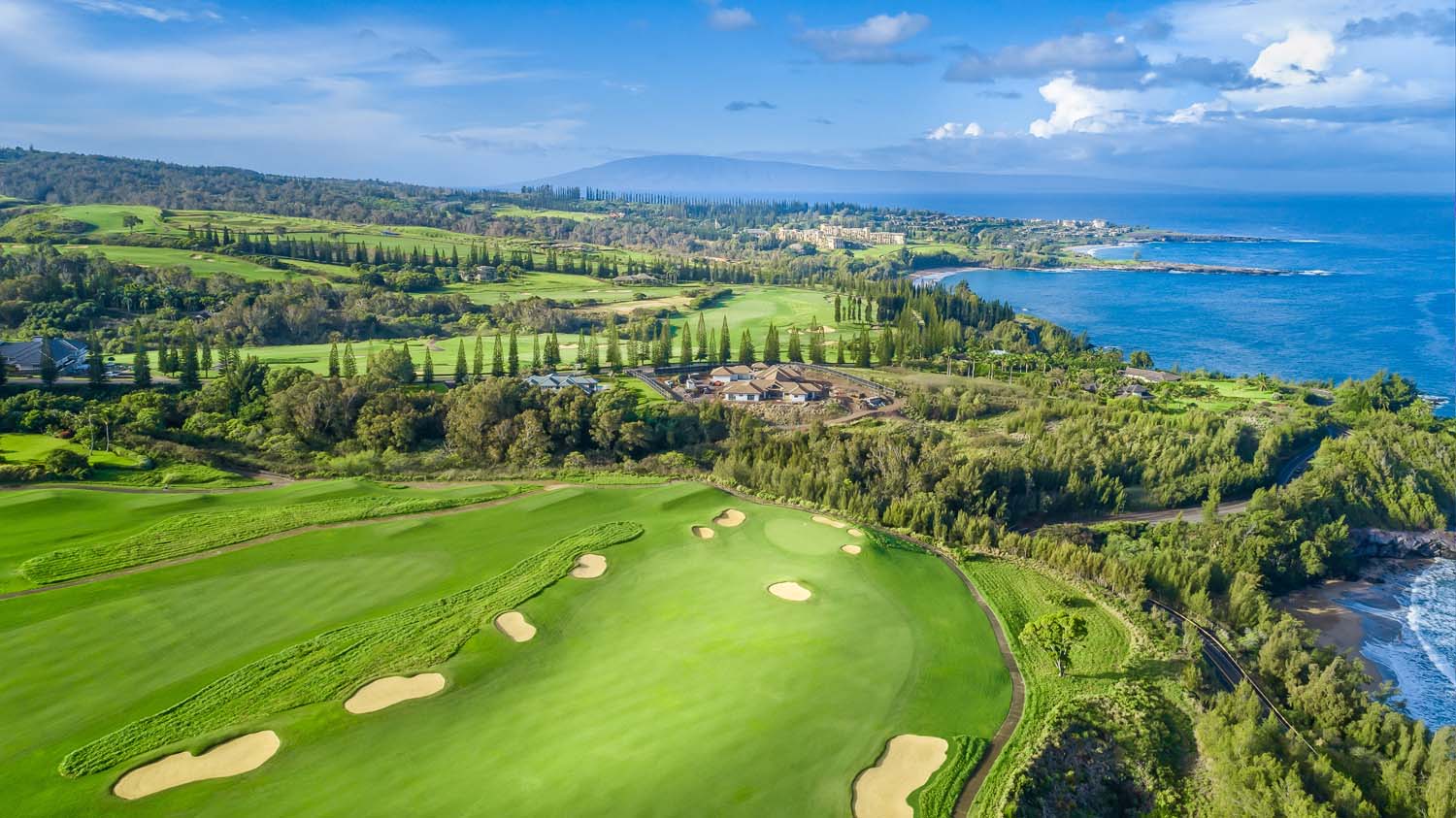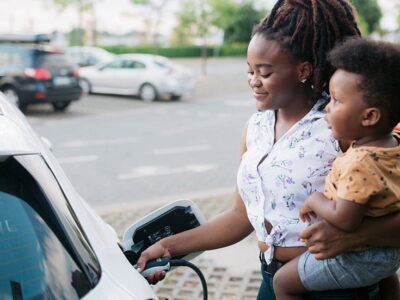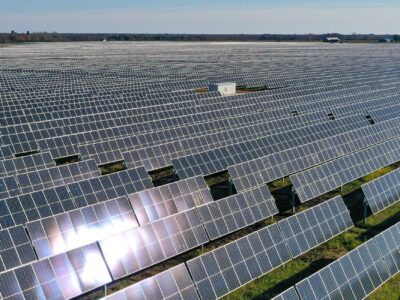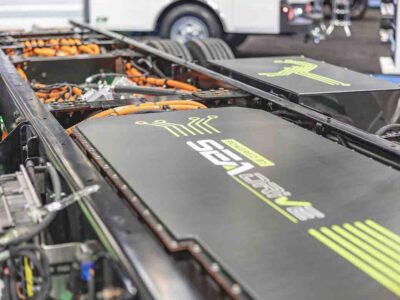When the Kapalua Resort was built in the 70s, its founder Colin Cameron sought to make it a place where humans and nature could co-exist in “pono” — a Hawaiian term for being in balance and harmony. This mission was successfully achieved, with its golf courses standing as emblematic examples of how the resort respects and protects nature.
Both the Plantation Course and the Bay Course, in fact, have been certified as Audubon Cooperative Sanctuaries. “It’s rigorous,” Mike Jones, Kapalua’s then-director of golf, told Maui Magazine. “But we live on an island in the middle of the Pacific, so we want to make sure we do the right thing.”
When the Bay Course received Audubon International’s coveted certification in the early 1990s, it was the first golf course to earn this accolade.
The environment-focused nonprofit organization praised it for its water quality management, wildlife protection, and environmental planning. Additionally, Kapalua’s pest management program involves just spot treatment, and most of its fertilizers are now 75–100% organic.
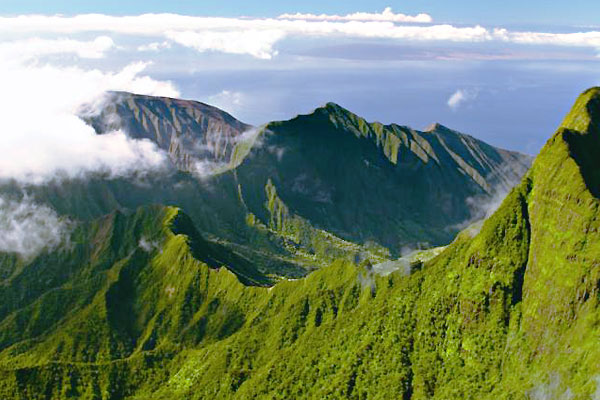
Photo Courtesy Kapalua
The Plantation Course earned its Audubon Cooperative Sanctuary certification in 1994. When Audubon International saluted it for 25 years of Sanctuary status, its CEO Christine Kane stated that the Plantation Course “made environmentally sustainable golf course management an integral part of their operating principles long before it became an accepted option.”
The extensive ecological efforts at Kapalua’s golf courses include an on-site water treatment plant that recycles greywater for them. Green waste gets composted and utilized in the soil at the resort’s organic farm, Kapalua Farms, which supplies produce to local restaurants. Kapalua’s celebrated restaurant, Merriman’s, was an early practitioner of the “farm-to-table” concept, and at least 90% of the products they serve are locally grown or caught through only sustainable methods.
In 1988, Kapalua’s parent company was integral in creating the Pu’u’ Kukui Watershed Preserve, located in the mountain range above the resort.
Its protective status safeguards the area’s endangered species and native ecosystem resources as well as its important watershed, which supplies water not only to the resort but to 70% of Maui’s inhabitants, too.
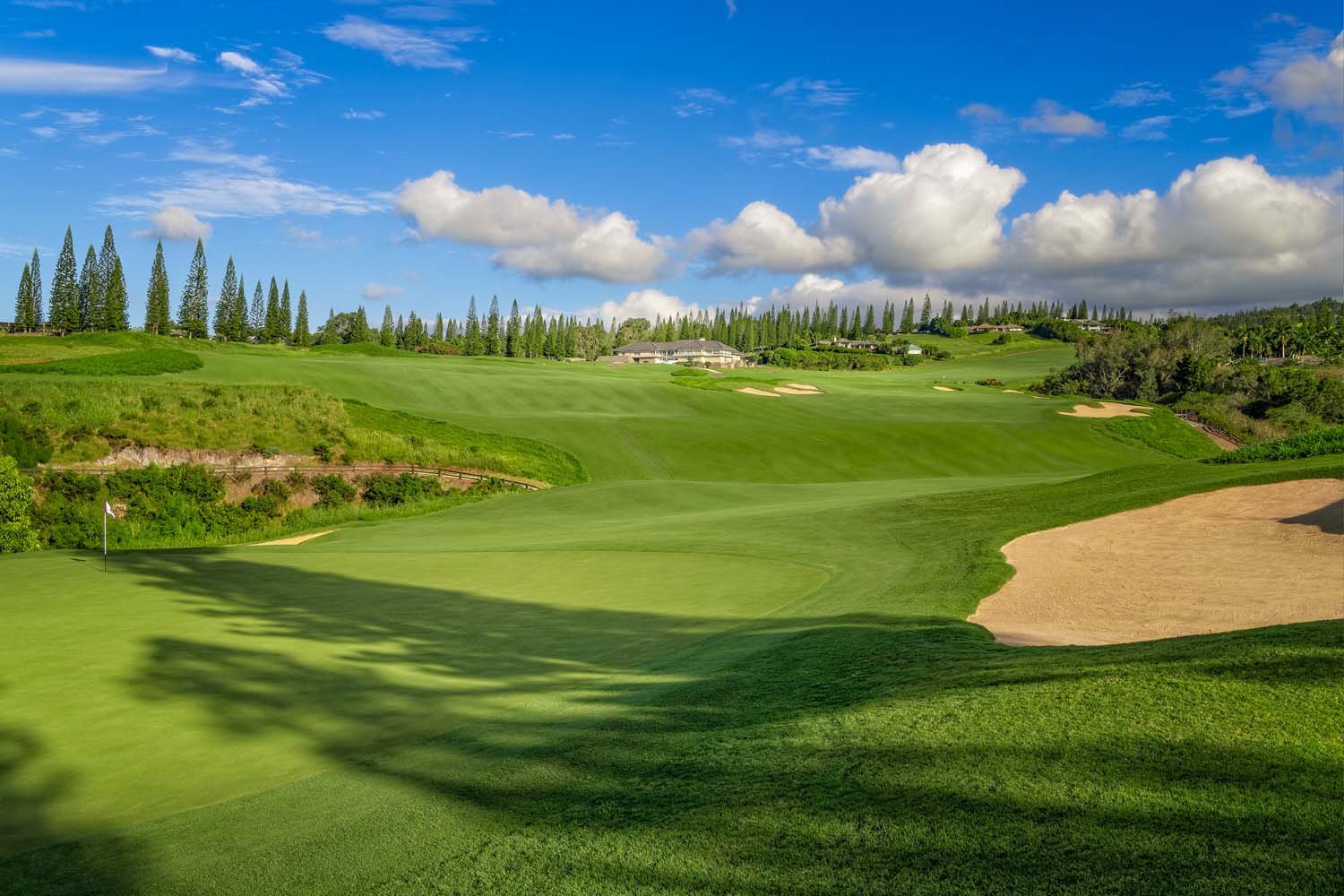
Photo Courtesy Kapalua Golf
While Pu’u’ Kukui set a U.S. record for having approximately 739 inches of rainfall in 1981,
rainfall numbers had dropped to 214 inches by 2015, and water problems continued with Hawaii suffering an awful drought in 2023. However, Kapalua has long taken water conservation seriously.
By 2012, the resort had already had a system that tracked weather and shut off sprinklers when it rained. Its maintenance facility was equipped with a filtration system and an underground oil separation tank, giving it the ability to clean water before it reached the ocean. Keeping the ocean water pristine is vital because the resort contains two bays — the Honolua and the Mokule‘ia — that are Hawaii State Marine Life Conservation Districts.
Inherent to its Audubon sanctuary status is the resort placing an importance on protecting the native creatures and flora of Maui.
The resort’s owners and its Pu‘u Kukui nonprofit partners — Living Pono Project and The Nature Conservancy Hawaiʻi — are constantly working
to keep invasive plants and animals out of the preserve’s grounds to protect the land, its vegetation, and its animal inhabitants.
Twenty percent of Hawaii’s native plants can be found in Pu’u’ Kukuni, along with 18 native plants that aren’t found anywhere else in the world. The resort protects more than 20 species of birds living on the premises.
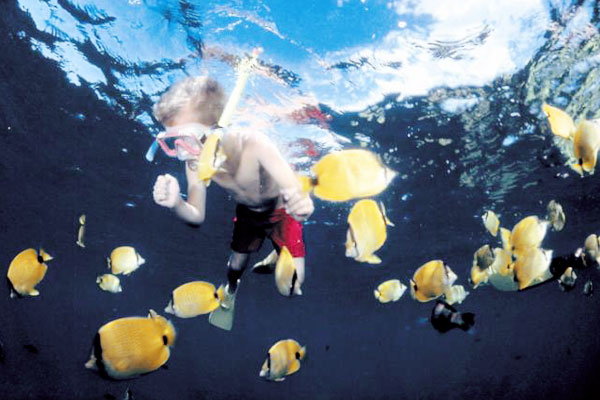
Photo Courtesy Kapalua
Kapalua is a world-renowned resort, with its golf courses annually hailed as among the best around, so it would be easy for Kapalua’s operators to just focus on maximizing their revenue. However, Kapalua isn’t solely interested in monetary green. It is also highly invested in being environmentally green. Jones explained the resort’s approach this way: “It’s our community responsibility to be stewards of this area.”
This sentiment was tested during the devastating wildfires that hit Maui in August. Both courses had been closed since the disaster; however, the Kapalua Golf facilities, located 10 miles from Lahaina, were spared from damage. The Bay Course opened back up on Sept. 20, and the Plantation Course will open up on Oct. 18.
“Our staff was deeply impacted by the fires, with nearly a third losing their homes and possessions,” Alex Nakajima, Kapalua Golf & Tennis general manager, told “Golfweek.” “As associates and the community work to heal, we continue to support them; welcoming back team members to work as they are ready.”
“As we continue the recovery process, we are reopening our two golf courses for Kamaʻāina (local residents) on [the] island and for those planning their return to Maui,” he continued. “As millions discovered during the pandemic, a round of golf can be good medicine for the mind, body, and soul.”

